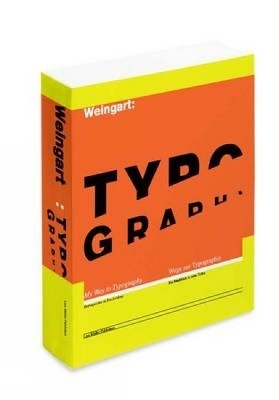
The Visible Word
Experimental Typography and Modern Art, 1909-23
Seiten
1994
University of Chicago Press (Verlag)
978-0-226-16501-1 (ISBN)
University of Chicago Press (Verlag)
978-0-226-16501-1 (ISBN)
- Titel ist leider vergriffen;
keine Neuauflage - Artikel merken
After reviewing theories of signification, the production of meaning, and materiality, this book analyzes the work of four poets active in the typographic experimentation of the 1910s and 1920s: Ilia Zdanevich; Filippo Marinetti; Guillaume Apollinaire; and Tristan Tzara.
Early in this century, Futurist and Dada artists developed innovative uses of typography that blurred the boundaries between visual art and literature. In "The Visible Word", Johanna Drucker shows how later art criticism has distorted our understanding of such works. She argues that Futurist, Dadaist and Cubist artists emphasized materiality as the heart of their experimental approach to both visual and poetic forms of representation; by mid-century, however, the tenets of New Criticism and High Modernism had polarized the visual and the literary. Drucker suggests a methodology closer to the actual practices of the early avant-garde artists, based on a rereading of their critical and theoretical writings. After reviewing theories of signification, the production of meaning, and materiality, she analyzes the work of four poets active in the typographic experimentation of the 1910s and 1920s: Ilia Zdanevich; Filippo Marinetti; Guillaume Apollinaire; and Tristan Tzara.
Early in this century, Futurist and Dada artists developed innovative uses of typography that blurred the boundaries between visual art and literature. In "The Visible Word", Johanna Drucker shows how later art criticism has distorted our understanding of such works. She argues that Futurist, Dadaist and Cubist artists emphasized materiality as the heart of their experimental approach to both visual and poetic forms of representation; by mid-century, however, the tenets of New Criticism and High Modernism had polarized the visual and the literary. Drucker suggests a methodology closer to the actual practices of the early avant-garde artists, based on a rereading of their critical and theoretical writings. After reviewing theories of signification, the production of meaning, and materiality, she analyzes the work of four poets active in the typographic experimentation of the 1910s and 1920s: Ilia Zdanevich; Filippo Marinetti; Guillaume Apollinaire; and Tristan Tzara.
Acknowledgments Introduction: Background Parameters, and Terminology 1: Semiotics, Materiality and Typographic Practice 2: Visual and Literary Materiality in Modern Art 3: Experimental Typography as a Modern Art Practice Marinetti: Materiality and Sensation: Mechanical Synaesthesia Apollinaire: Figuring the Vernacular Zdanevich: Inachievable Essentialism and Zaum Typography Tzara: Advertising Language of Commodity Culture 4: Critical History: The Demise of Typographic Experiment Notes Bibliography Index
| Erscheint lt. Verlag | 25.6.1994 |
|---|---|
| Zusatzinfo | 41 halftones |
| Sprache | englisch |
| Maße | 158 x 236 mm |
| Gewicht | 574 g |
| Themenwelt | Kunst / Musik / Theater ► Design / Innenarchitektur / Mode |
| Kunst / Musik / Theater ► Kunstgeschichte / Kunststile | |
| Informatik ► Grafik / Design ► Desktop Publishing / Typographie | |
| ISBN-10 | 0-226-16501-9 / 0226165019 |
| ISBN-13 | 978-0-226-16501-1 / 9780226165011 |
| Zustand | Neuware |
| Informationen gemäß Produktsicherheitsverordnung (GPSR) | |
| Haben Sie eine Frage zum Produkt? |
Mehr entdecken
aus dem Bereich
aus dem Bereich


